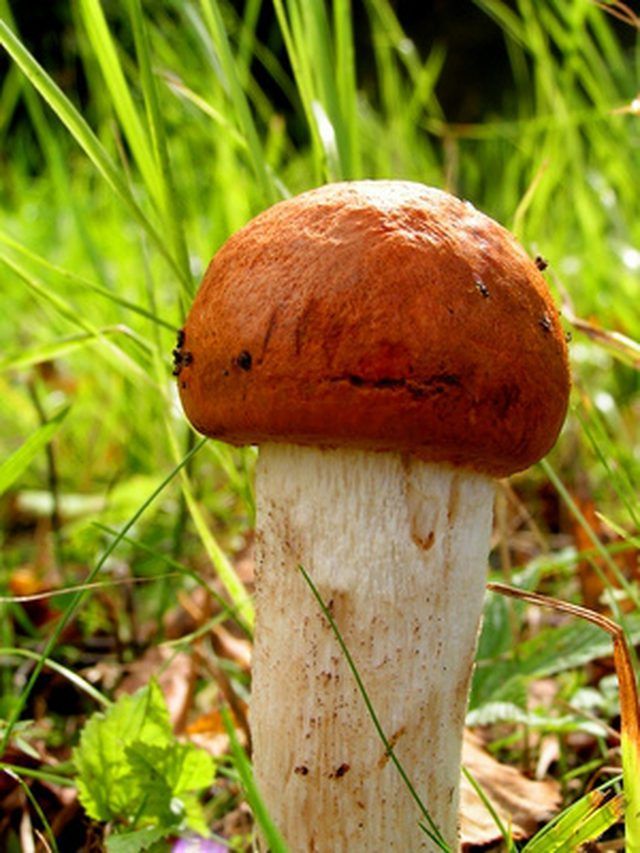Bulbs
Flower Basics
Flower Beds & Specialty Gardens
Flower Garden
Garden Furniture
Garden Gnomes
Garden Seeds
Garden Sheds
Garden Statues
Garden Tools & Supplies
Gardening Basics
Green & Organic
Groundcovers & Vines
Growing Annuals
Growing Basil
Growing Beans
Growing Berries
Growing Blueberries
Growing Cactus
Growing Corn
Growing Cotton
Growing Edibles
Growing Flowers
Growing Garlic
Growing Grapes
Growing Grass
Growing Herbs
Growing Jasmine
Growing Mint
Growing Mushrooms
Orchids
Growing Peanuts
Growing Perennials
Growing Plants
Growing Rosemary
Growing Roses
Growing Strawberries
Growing Sunflowers
Growing Thyme
Growing Tomatoes
Growing Tulips
Growing Vegetables
Herb Basics
Herb Garden
Indoor Growing
Landscaping Basics
Landscaping Patios
Landscaping Plants
Landscaping Shrubs
Landscaping Trees
Landscaping Walks & Pathways
Lawn Basics
Lawn Maintenance
Lawn Mowers
Lawn Ornaments
Lawn Planting
Lawn Tools
Outdoor Growing
Overall Landscape Planning
Pests, Weeds & Problems
Plant Basics
Rock Garden
Rose Garden
Shrubs
Soil
Specialty Gardens
Trees
Vegetable Garden
Yard Maintenance
How Do Mushrooms Grow in the Wild?
How Do Mushrooms Grow in the Wild?. Wild mushrooms grow in many habitats and at various times of the year in most areas of the U.S. Wild mushroom hunters pick edible mushrooms for food preparation, but an amateur hunter should learn the poisonous mushrooms that grow in his area, recommends Barbara Bassett, naturalist with the Missouri Department of...

Wild mushrooms grow in many habitats and at various times of the year in most areas of the U.S. Wild mushroom hunters pick edible mushrooms for food preparation, but an amateur hunter should learn the poisonous mushrooms that grow in his area, recommends Barbara Bassett, naturalist with the Missouri Department of Conservation.
Various Mushroom Habitats
Mushroom habitats vary with species, but most wild mushrooms prefer damp areas. Mushrooms frequently grow on living or dead trees--edible oyster mushrooms--and some grow directly on the ground--edible chanterelles--reports Bassett. Some mushrooms grow in open areas on soil or decaying wood--edible puffballs--or on lawns and open grassy areas--poisonous green-spored lepiotas.
Various Seasons for Mushrooms
Wild mushroom species also grow during different times of the year, states Bassett. Some mushrooms grow only in summer and fall--poisonous jack-o'-lanterns--while others prefer spring to early summer--edible morels. Edible oyster mushrooms even grow during winter warm spells; however, most mushrooms grow during the warm rains of spring, summer and fall.
Mushroom Species Abound
There are many different mushroom species scattered over the globe. C. Wayne Ellett with the Ohio State University Extension reports that there are 2,000 species of mushrooms in the state of Ohio alone. The sheer number of mushrooms growing in the wild provides hunters with a literal grab bag of choices that may have deadly consequences for the uninformed.
Poisonous Mushrooms
There are many poisonous mushroom species growing in the wild. Some mushrooms can cause nausea, diarrhea and vomiting--jack-o'-lanterns and green-spored lepiotas--but some poisonous mushrooms are deadly--amanitas. Mushroom hunters should only eat a mushroom that has been positively identified, warns Bassett.
Edible Mushrooms
There are many edible mushrooms growing in the wild. Most wild edible mushrooms are good sauteed or fried. Many wild edible mushrooms are dried for future sale and use. Ellet suggests that wild mushrooms are best cooked and are not safe for raw consumption.